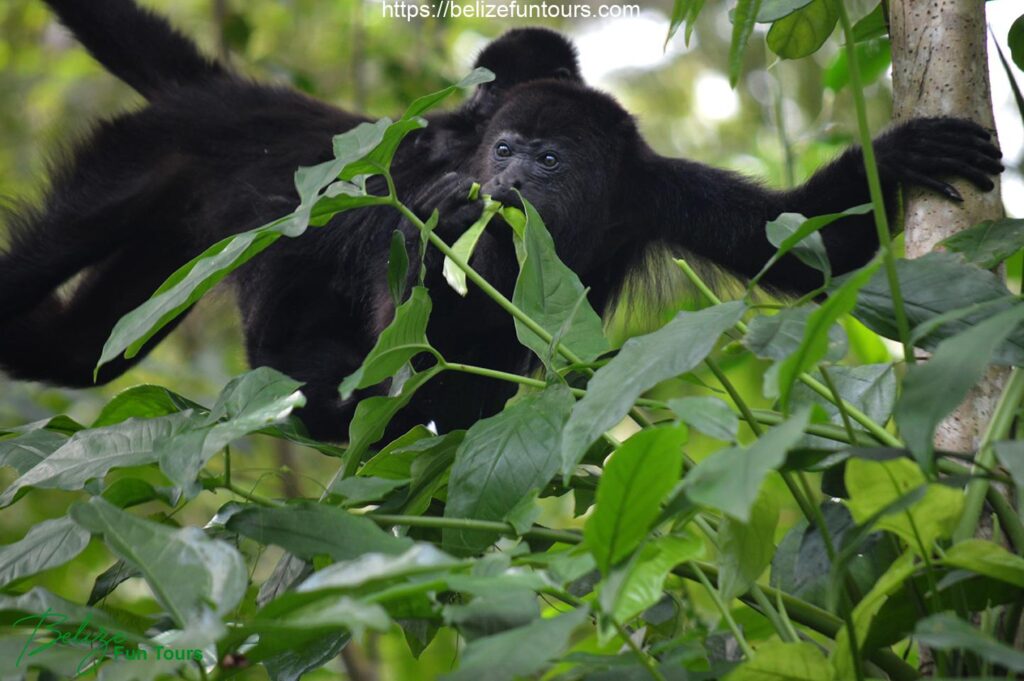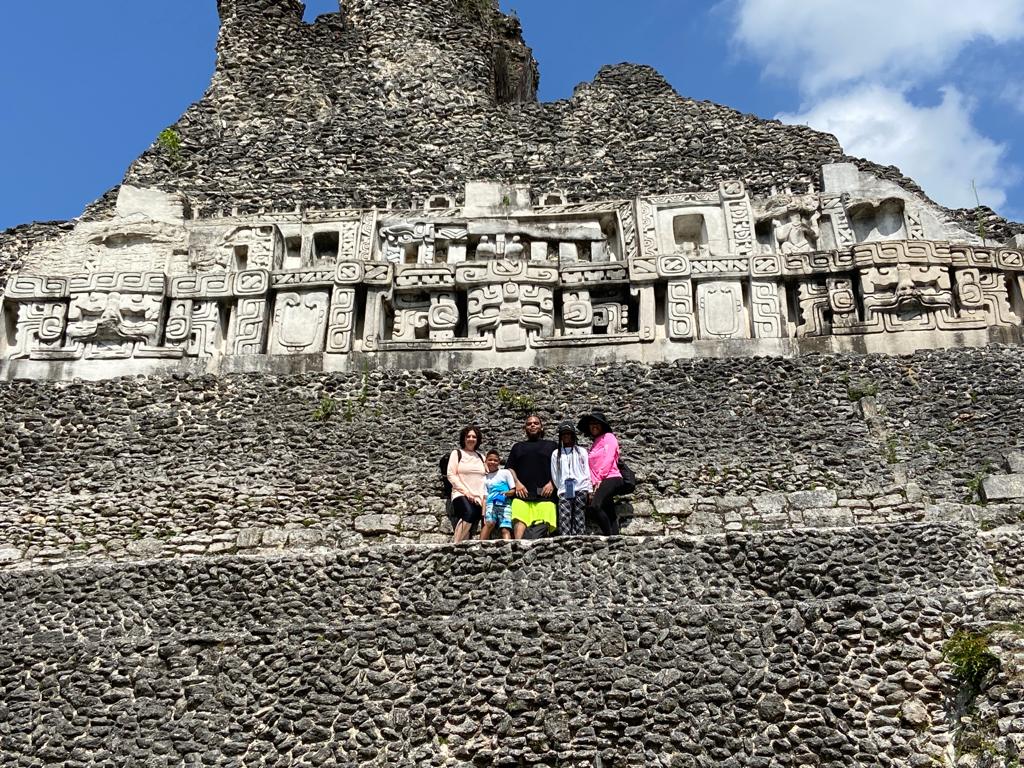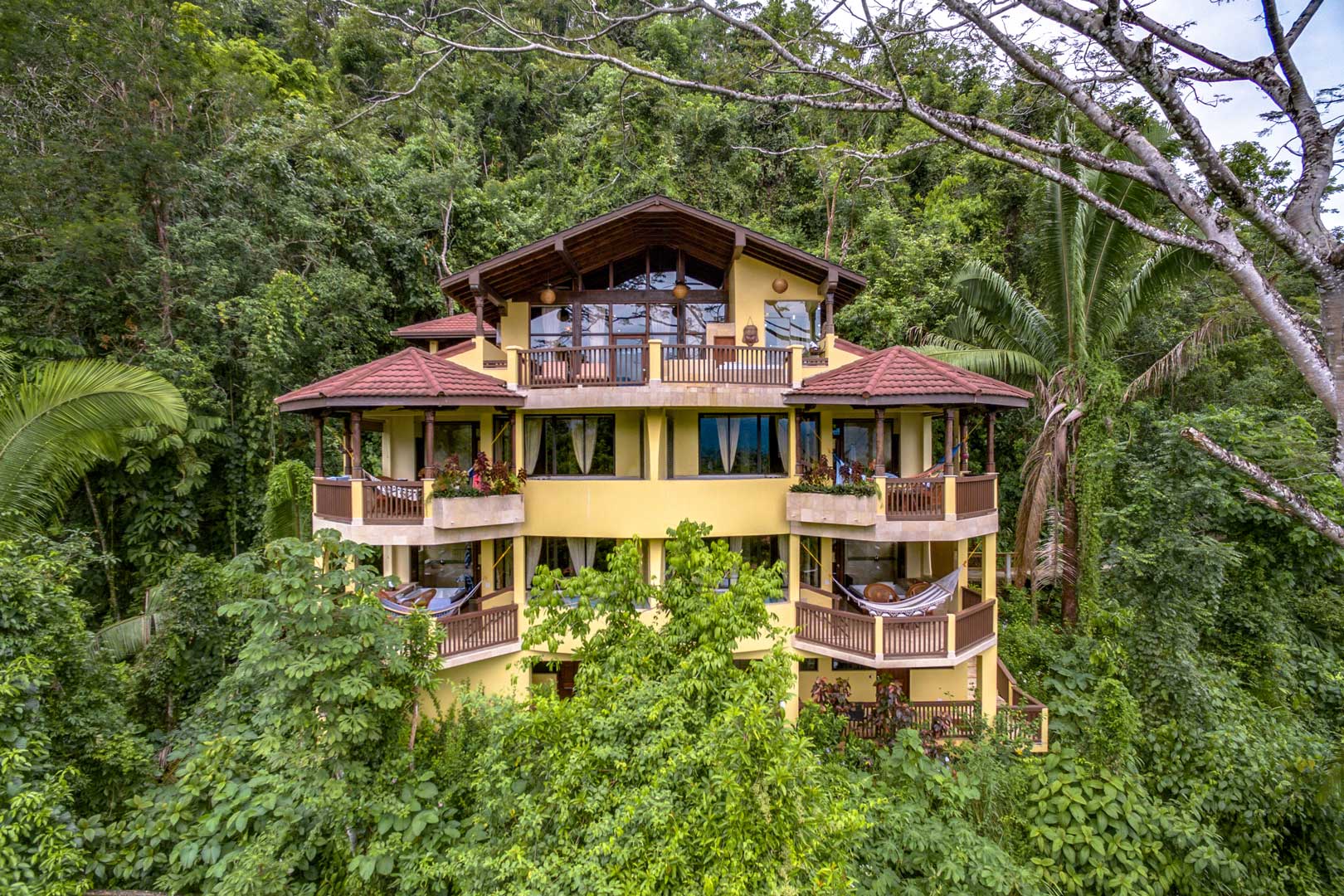- Home
- Places
- Activities/Tours
- Foodies
- Hotels/Resorts
- Protected Areas
- Home
- Places
- Activities/Tours
- Foodies
- Hotels/Resorts
- Protected Areas
- Important Info
Now Reading: Altun Ha
1-
01
Altun Ha
- Home
- Belize Protected Areas
- Altun Ha
Altun Ha
BelizeineBelize Archaeological Reserves, Belize Protected Areas5 months ago272 Views
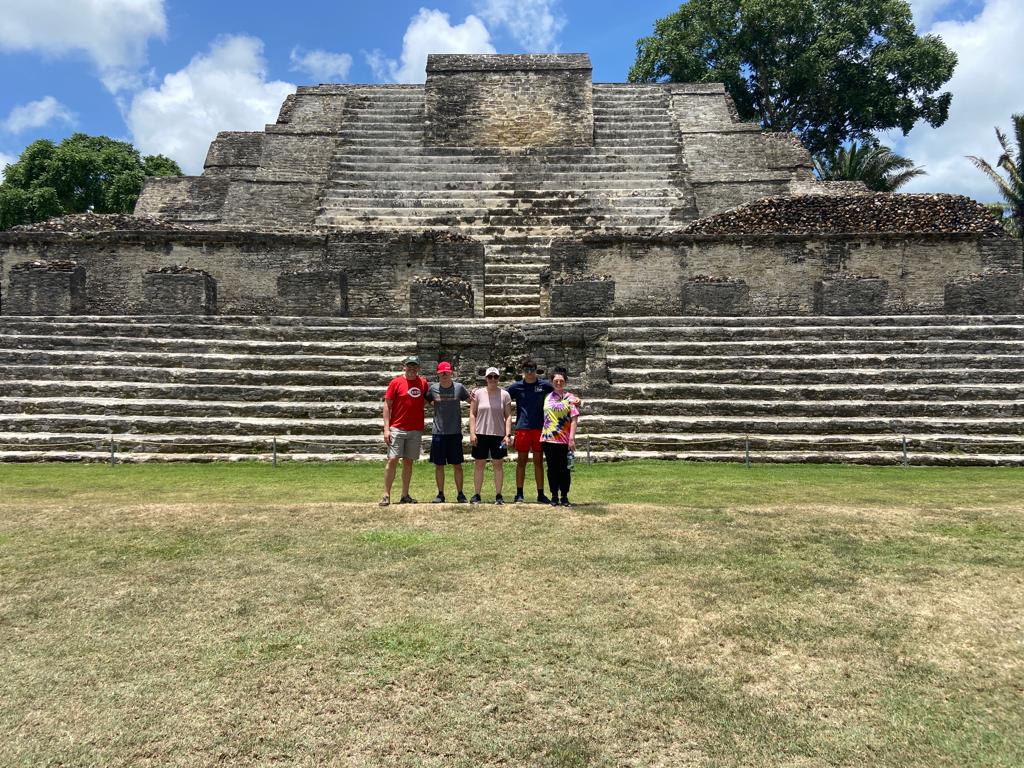
Table of Contents
ToggleAltun Ha: A Window into the Maya Civilization
Altun Ha, meaning “Rockstone Water,” is a significant Maya archaeological site from the Classic Period (200-900 A.D.). Located near the Caribbean Sea, it served as a major trading hub, linking inland settlements with maritime trade routes that extended around the Yucatán Peninsula. Among its many discoveries, the site is home to the largest known jade artifact from the Maya world.
Covering approximately 5 square miles (8 square kilometers), Altun Ha has a restored core area open to visitors. The site includes a large, Maya-constructed reservoir, engineered with a clay-lined bottom to retain water. The surrounding archaeological park showcases a variety of flora and fauna characteristic of Belize’s lowland tropical forests.
Location & Access
- Distance from Belize City: 1-hour drive
- Route: Take the Phillip Goldson Highway North toward Orange Walk. After passing Sand Hill, turn right onto the Old Northern Highway at mile 19, then left onto Rockstone Pond Road.
Visitor Information
- Opening Hours: 8:00 AM – 5:00 PM
- Guided Tours: Available at the visitor kiosk
- Amenities: Restrooms, gift/snack shop
- On-Site Museum: None
- Accommodations: Not available on-site; nearest lodging in Belize City
- GPS Coordinates: 17° 45′ 27″ N, 88° 21′ 23″ W
Historical Background & Excavations at Altun Ha
The earliest occupation of Altun Ha dates back to the Preclassic Period (1000 B.C. – 200 A.D.), with its first monumental structures appearing around 100 B.C. The site flourished during the Early Classic Period (200-600 A.D.), reaching its peak as a powerful regional center.
Unlike many other Maya sites, no stelae or glyphic inscriptions have been found at Altun Ha, leaving the names of its rulers and affiliations with other cities unknown. However, trade connections have been determined through ceramics, architecture, and artistic styles, including links to Teotihuacan, the influential city-state in central Mexico.
During the Late Classic Period (600-900 A.D.), large-scale construction slowed, and the site began a gradual decline. By the Postclassic Period (900-1200 A.D.), it was mostly abandoned, with only a brief reoccupation likely tied to the inland city of Lamanai.
Archaeological interest in Altun Ha began in 1957 when A.H. Anderson documented the site. Excavations and restorations followed in the 1960s and 1970s, led by David Pendergast. More recent investigations have been conducted by Dr. Jaime Awe from the Belize Institute of Archaeology.
Architectural Highlights of Altun Ha
Altun Ha consists of over 500 identified mounds, with two major complexes and several smaller residential groups.
Group A: The Ceremonial Core
This group contains the oldest civic and ceremonial structures, arranged around a large plaza.
- Structure A1: A truncated pyramid with a three-tiered terrace and a small temple at the summit. A royal tomb, dating to 550 A.D., was found beneath the temple floor, containing over 300 jade objects and a rare Maya codex (bark-paper book).
- Structure A2: Adjacent to A1, featuring two stairways leading to a leveled platform. Any original superstructure was likely built with perishable materials.
- Structure A3: A four-tiered pyramid with a central staircase leading to a multi-roomed structure at the top.
- Structure A4: A low range-type structure with four broad steps leading to parallel hallways. It borders the north side of Plaza B.
- Structure A5: A large, partially excavated structure with two broad stairways and multiple summit rooms.
- Structure A6: One of the largest pyramidal mounds at Altun Ha, partially excavated. A visible central stairway leads to the summit, which contains remnants of several rooms and corridors.
Group B: The Elite Burial Complex
This section gained prominence during the Late Classic Period, where numerous elite burials were discovered, many containing jade artifacts.
- Structure B4 – The Temple of the Masonry Altars
The most iconic structure at Altun Ha, rising 55 feet (17 meters). It features broad stairways leading to multiple rooms supported by rectangular pillars. A series of stone masks are embedded along the risers. The summit holds a round altar, which gave the structure its name.Inside, archaeologists uncovered several royal tombs, the most significant being Tomb B4/7 (circa 650 A.D.). This burial contained the largest jade artifact in the Maya world—a carved jade head of the Sun God, Kinich Ahau, weighing nearly 11 pounds (5 kg). This artifact is now housed at the Belize Central Bank and is occasionally displayed at the national museum. - Structures B3, B5, and B6:
These structures form the southern boundary of Plaza B.- Structure B3: A central stairway leading to several masonry rooms and terraces.
- Structure B5: Similar in design to B3 but set on a lower platform.
- Structure B6: A three-tiered structure with a broad stairway leading to the first level, followed by two smaller staircases to the upper levels.
Future Excavations
Altun Ha still holds many unexcavated mounds scattered across the site, waiting to reveal more secrets of this ancient Maya city.
Visiting Altun Ha offers a glimpse into Belize’s rich history and the remarkable achievements of the Maya civilization. Whether exploring towering temples or standing in the very spot where one of the greatest jade artifacts was uncovered, this site remains an awe-inspiring testament to the ingenuity of the Maya.
Related Posts
Stay Informed With the Latest & Most Important News
Previous Post
Next Post
DonationsBelize Protected Areas5 months ago
Xunantunich
Belize Protected Areas5 months ago
Altun Ha
Deal Of The MonthCategoriesLoading Next Post...Scroll to TopPopular Now-
 01Discover Belize’s Hidden Gem – Cockscomb Basin Wildlife Sanctuary
01Discover Belize’s Hidden Gem – Cockscomb Basin Wildlife Sanctuary -
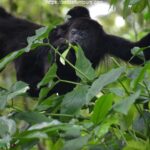 02The Community Baboon Sanctuary: Unmasking the Primate Haven
02The Community Baboon Sanctuary: Unmasking the Primate Haven -
 03The Belize Barrier Reef: A UNESCO World Heritage Site
03The Belize Barrier Reef: A UNESCO World Heritage Site -
 04Belize All-Inclusive Resorts: Your Ultimate Guide to Paradise
04Belize All-Inclusive Resorts: Your Ultimate Guide to Paradise -
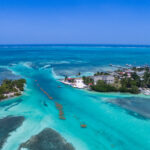 05The Best Time to Visit Belize: A Comprehensive Guide
05The Best Time to Visit Belize: A Comprehensive Guide -
 06Xunantunich
06Xunantunich -
 07Caracol Belize
07Caracol Belize
- Activities/Tours
- Activities/Tours













